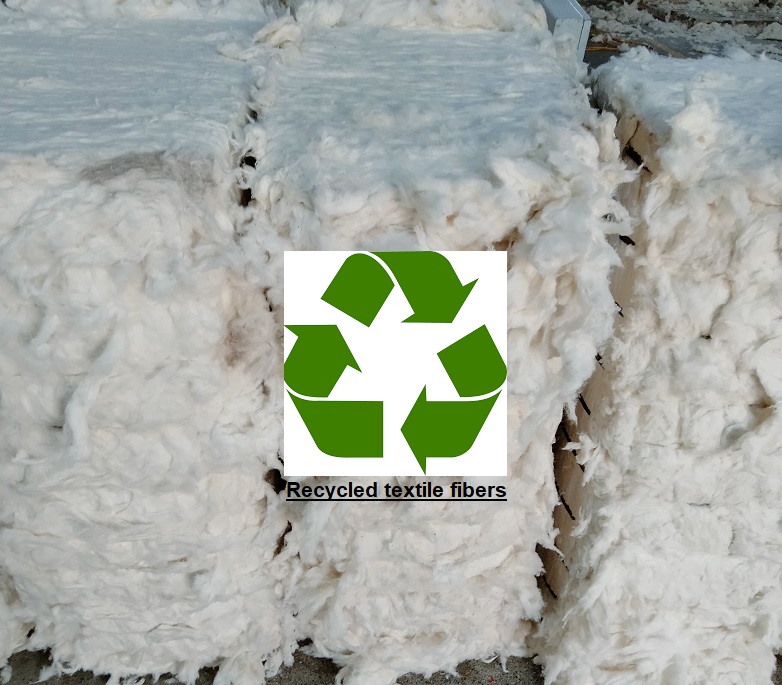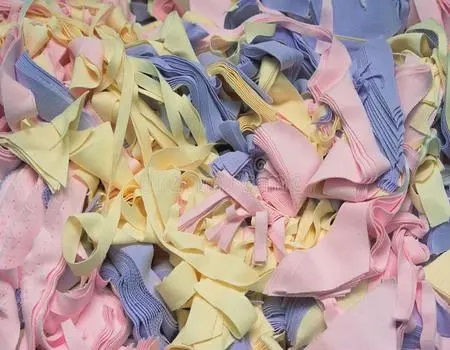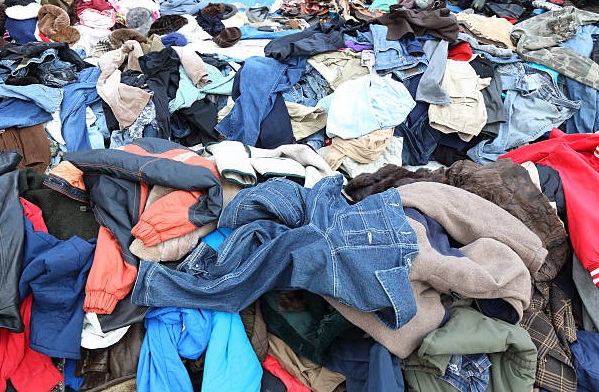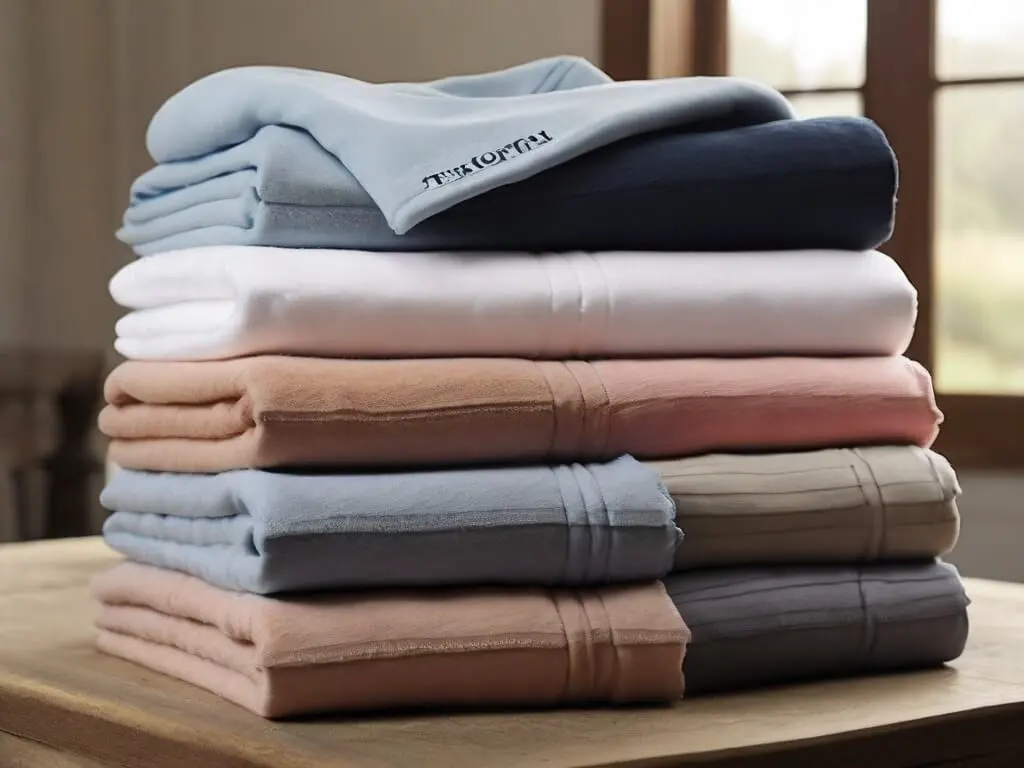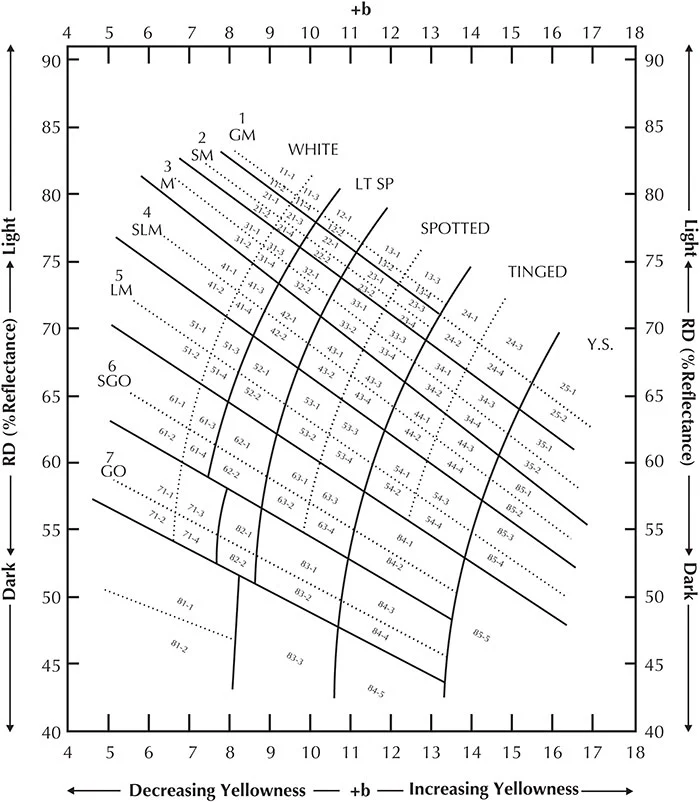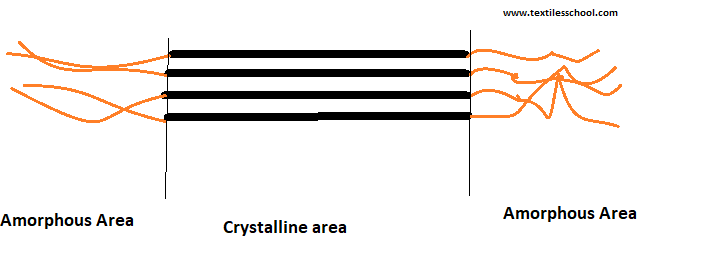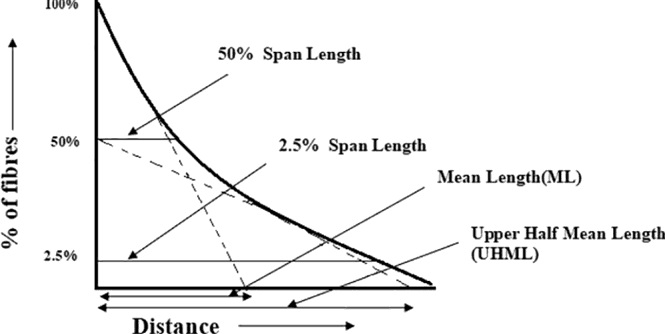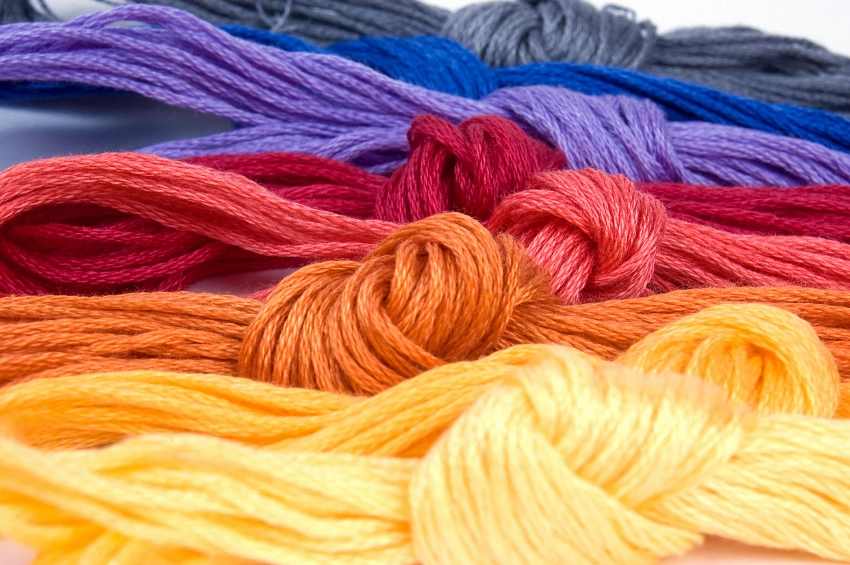Waste is very common to everyone but is you know what is textiles waste? You can clarify your concept about textile waste through this content
Wider aspects of sustainability; some regrettable facts
- Around 100 billion new pieces of clothing are supplied/prepared every year
- Clothing is the second largest consumption and priority after food, An average of 2 years life of normal clothing
- About 80% of people don’t know that 92 million tons of textiles are in garbage/landfill every year.
- Around 15~18% of water is polluted due to textile dying and finishing.
- Only 15% is gone to the recycling/circulating process.
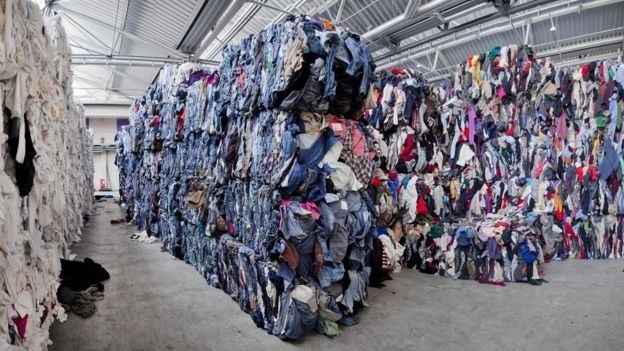
Waste is things that you don’t want, but are produced unwillingly. Waste will be produced always but can’t be zero.
Advantages of recycled textile waste
Have you wondered how textile waste is important to recycle, including the number of reasons
- To reduce wastewater
- Reduce consumption of useable water
- Minimizing environmental damage
- Reduce piling up of waste(minimize garbage to landfill)
- To support the local economy
- For the betterment of the worker economy and social benefits
All over the world, we send garbage from textile waste trucks every second to landfill, if we recycle as the name of the topic as should be the strategy we should be committed ourselves to use least 25 percent of textile waste in our production process. we should develop innovative, solutions for recycling textile waste into high-end fashion.
“Would you think your old jeans can be got a second life”
As we know most textile cloths end up in landfill or waste but businesses are ramping up and this waste is going to high-end fashions. Let’s adopt circularity and fashion that has no end. When recycling textiles there need be support in an elevated manner and need consumer-end education to adapt.
“Circularity for the next generation with close the loop for every minute and every day”
Estimate and statistic shows that about 92 millions ton of textile garbage is produced and a maximum of about 13~15% goes into circularity. And most textile is recyclable, 85% still goes into landfill. Fibre and yarn produced from this textile waste can play a vital role in recycling and further 100% recycled fabric material with sustainability tags.
Recycled textile material which is raw textile material is useable, sustainable, and traceable.
Textile circularity waste can be listed below as in GOTS ( global organic textile standard) is,
- Pre-consumer industrial waste (PIW)
- Post-consumer waste (PCW)
Pre-consumer industrial waste
It is waste produced in textiles during the preparation of fiber, fabric dying, and cutting, as produced in the spinning, weaving dying, and fabric cutting process.
Spinning process waste
Before in spinning mills, waste production starts from ginning, when the seed is separated some short-length fiber is also eliminated from the seeds. These fibers are called lint which can be recovered through a process called delinting some chemical processes.
In a spinning mill, the bales of cotton fiber are received containing a number of wastes such as dust, foreign particles contamination, seeds, short fiber hard waste yarn, etc. So during the process of spinning in a different section of spinning mills, this waste is produced. In normal 10~18% of waste is produced which needs to be recycled.
Weaving Process waste
Likewise in spinning mills waste, weaving also has waste as wrapping residual yarn on cones, sizing waste, during the beaming process, and on looms using extra ends which is waste. Furthermore, the auxiliary selvage which is a fake end to hold the weft yarn is wasted.
Knitting process waste
In knitting, if any fault occurs in the knitting process or found a problem in raw material then there will be knitting waste. Knitting waste comes through trial runs, through sampling runs. Textile waste is produced if the yarn is damaged during transportation or if some yarn cones may be faulty. There if knitted fabric faults like thin, thick, slubs, holes, strips, also sinker marks or wrong knitted program waste may occur. Also, some fly fiber waste also produced.
Dying process waste
The dying process is a major threat to the environment due to chemicals use and wastewater in textile waste. Wastewater needs to recycle and should be reused. Further, need development and encouragement to recycle this most demanded environmental waste and pollution. In this regard, waterless dying methods should work to invent.
Also, there may be various dying process fabric waste like batch to batch variation, unevenness dying, crease marks, metamerism or wrong batch loading, etc.
Cutting process waste
Cutting produced major waste during garment-making processes. Also during the inspection of these cut fabric parts and wrong one discord to waste. Further during the shredding, bundling process, embroidery, printing, pressing, trimming, and packing process waste is produced.
The above all types are called pre-consumer waste
Post-consumer waste
This is called consumer end waste. About 85% of waste is produced from all equivalent to textile waste. An average USA citizen used about 80.5 lbs of textiles every year. If we can’t adapt to recycle this waste, after one decade everywhere there will be textile landfills due to this garbage and we can’t imagine environmental damage
Fabric recycling: the chance for further use
The biggest environmental fact can be achieved by achieving better technologies with timeless style and fashion so as it competes with organic garments which can be worn forever.
Increasing the price of recycling is another challenge. Belgium and Italy are the highest in textiles recycling waste which processes waste with 1.5 kg per capita among the EU.
Reuse ways of our textiles waste
One way to deliver textile waste to reuse is sustainable textiles. One way is to offer a container to collect this textile waste should be accommodated. These should be chained to sort and collect transport and for the pack.
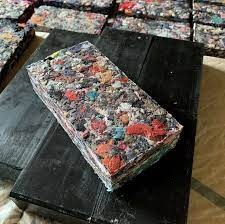
- Use as a secondhand and for charitable purposes.
- For cutting into cloths
- Used to produced as raw material (fibers, yarn)
- Also used for the burning process as a source of energy
- Textile waste can also be used as bricks for insulating, or for structural building materials.
- Besides the above textile waste is used in highway construction for thermal insulation and noval cement such as polymer cement, asphalt cement, or plastering types of cement or cement fabrications.
- Recycle textiles can be used to get regenerated fibers
- Also can be used for rope-making and other for bundling purposes.
- Besides all the above use in pillows mattresses etc.
